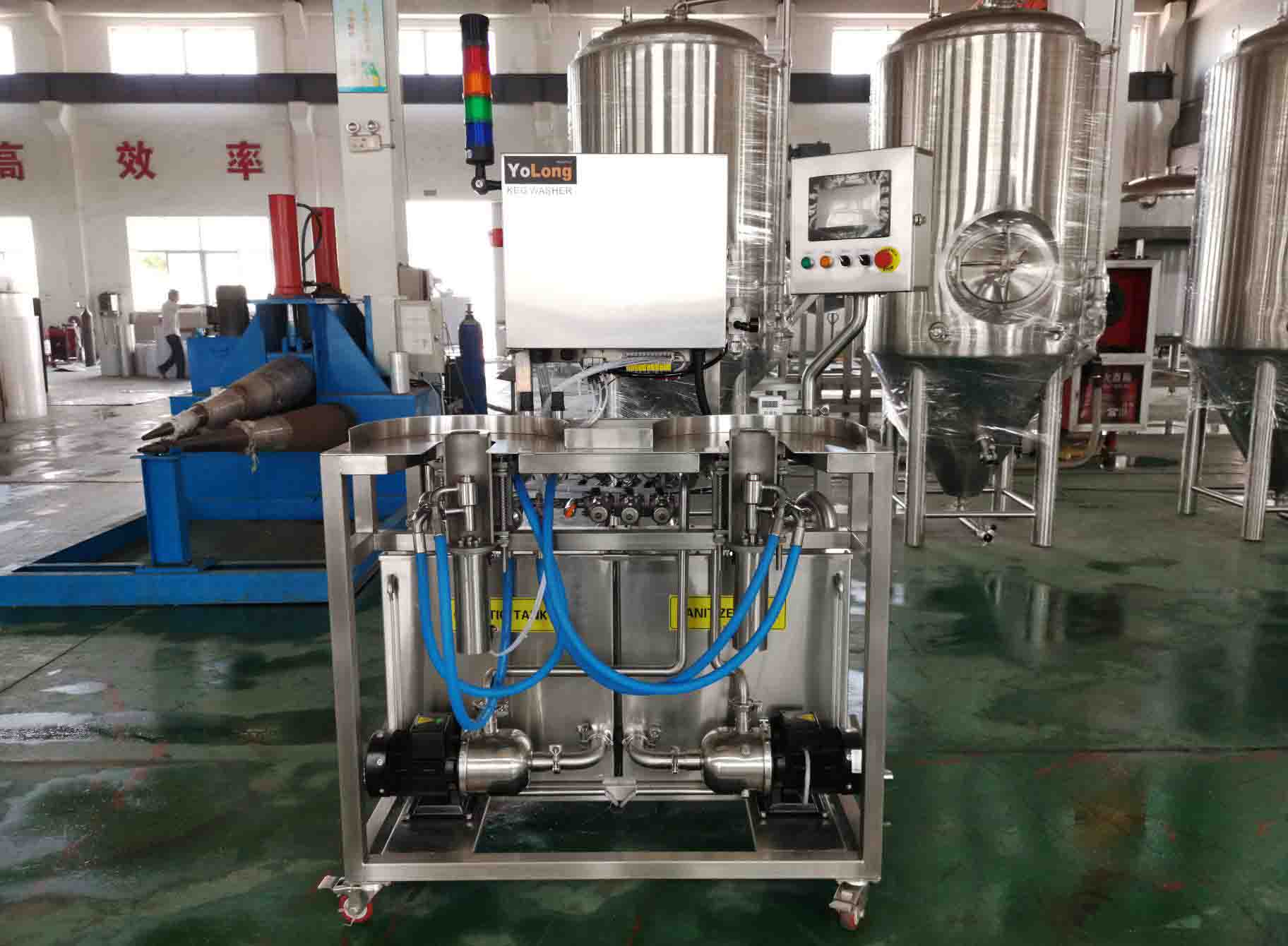The Importance Of Bottling And Kegging
Though the majority of people think that there is nothing more important than the actual process of brewing beer and the steps that you take to do so, the reality is that the steps that follow are equally important.
The approach that you take to bottle or keg your beer is a crucial step when it comes to maintaining your beer so that it is good enough for your friends and family to drink. As you have probably noticed, there is no company around that keeps beer in lightly sealed containers. This is because you need to store it in certain ways to ensure that it maintains its overall quality. The two most popular approaches to this are bottling and kegging for beer storage.
The way that you store your beer and how you go about it is crucial for ensuring the overall quality of your beer when it comes time to drink it. You must take careful steps to ensure that the beer does not get contaminated in any way. Introducing bacteria to beer can have disastrous consequences ranging from poor taste to legitimate health concerns. This is why the act of taking it from one vessel to the next must be taken seriously. Beyond health concerns, the way that you store your beer can impact the way that it stands against the passage of time. If you were to mistakenly allow oxygen into your brew, you run the risk of the beer degrading very quickly. This can result in your delicious brew becoming stale and unpleasant to drink before you even get to enjoy it. It is also important to use darker bottles to avoid sun exposure. This will help your beer to stand against the test of time.
Bottling is a process that many people are familiar with, but most grossly underestimate the work behind it. When asked, most people would probably just assume that bottling involves taking the beer and putting it into bottles. Though it would be nice if it were truly that simple, there is actually a full process behind bottling. First, you must completely sanitize the bottles to ensure that there aren’t any potential contaminants within them before you fill them with your brew. Once the bottles have been properly cleaned using bleach or some comparable equivalent, you will be ready to fill them. The beer will be moved to a bottling bucket. This is where most people will carry out the additional carbonation steps, if any, so that the beer can then be siphoned into the bottles. During this process, it is crucial to avoid exposing the beer to oxygen.
Since bottling beer can be a lengthy and tedious process, particularly for larger quantities. It is one thing to siphon beer into five bottles, but another thing entirely to fill twenty or thirty. This is why many people who brew at home opt for using kegs for storage instead. The kegging process simply involves cleaning the keg, managing the beer and any additional steps, and then siphoning it into the keg instead. This can save on time, and many people find it to be a good excuse to get their very own tap in their bar at home. This can make it even more exciting to serve up your delicious beer to friends.
Storing your beer is an important process, particularly if you plan on keeping it for any lengthy duration of time. You would be amazed to realize just how quickly improperly stored beer can degrade. Focusing on refining your process to avoid potential contaminants and oxygen exposure is crucial for ensuring that you will have the right experience when it comes time to drink your beer. A little effort goes a long way here.
Share this entry
Interested in learning more about Brewing Systems including additional details and pricing information? Please use the form below to contact us!
YOLONG BREWERY EQUIPMENT FAQS
- Commercial Brewery / Craft Brewery / Microbrewery / Nanobrewery
- What is The Difference Between Craft Beer and Industrial Beer?
- The Bespoke Differences In Custom Brewing Systems
- Everything You Need to Know About Kettle Souring
- How to Choose Brewing Equipment for Your business?
- How To Choose The-Best Partner To Build Your Commercial Microbrewing System?
- Two Detection Sensors That You Need To Use In Your Brewhouse System
- Remote Control Applications in Brewing Equipment/How does it work?
- How To Clean Your Brand New Brewery Tanks?

